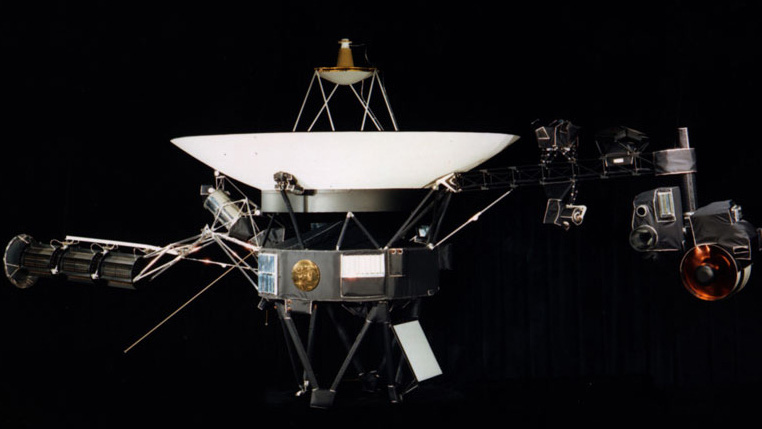
Back in 2023, we reported that NASA had lost telemetry and thus alignment, steering controls, and usable research data from its historic Voyager 1 probe as it drifted deeper into space, leaving its fate uncertain— but today, a new NASA blog post gives us some more hope for the Voyager. The agency now has a full readout of the ship's FDS memory, which could hopefully lead to a fix.
NASA never actually lost communication with the device. Usable research data and most controls have simply not been working for months, though— which is particularly problematic when even sending signals to the Voyager in the depths of space can take as long as 22.5 hours, 45 hours once you count the round trip. If the issues with Voyager can't be fixed, it will indeed be lost to the cosmos, permanently, though not before having made human history in the process.
So, why is Voyager 1, the probe also known as the farthest human-made object from Earth, in such a position where it could be permanently retired 45 years after its launch in 1977? The date of that original launch should give a hint: the primitive equivalent to RAM inside the Voyager's onboard Flight Data System (FDS), finally flipped or corrupted. Truthfully, the fact it's even lasted this long drifting through the stars is kind of a miracle in and of itself.
So, on March 1, NASA decided to send a "poke" to Voyager 1. The "poke" was a command that pushed the FDS through different sequences in hopes of finding the offending bits. The response, received on March 3rd, was mostly the same indecipherable data stream as before, but with a new signal in an unrecognizable format.
Decoding of the new signal data commenced on March 7th, and three days later, on March 10th, NASA scientists confirmed the peculiar new signal was actually a full readout of the FDS' memory— exactly the diagnostics data they've needed to find the true root of this issue and potentially fix it.
With any luck, this breakthrough will lead to a full fix for the Voyager, or at least make it recoverable so we can bring the Voyager back here to Earth. After a four-decade odyssey across the stars, anybody would need the rest.







